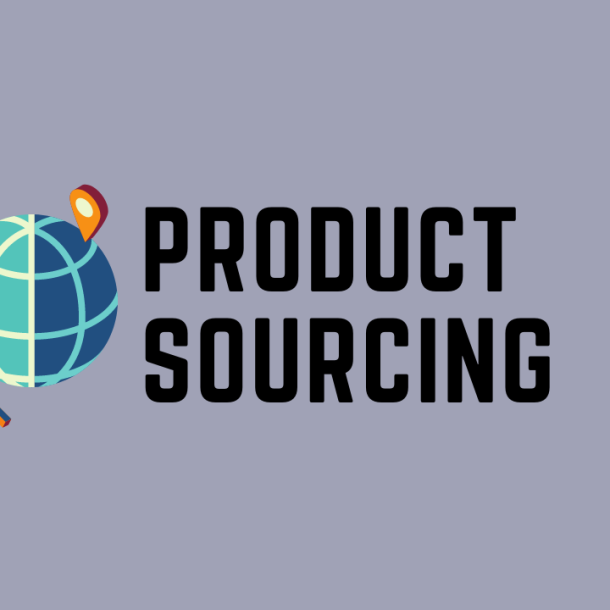
Advanced Amazon PPC: Dynamic Bidding Strategies
Amazon Pay-Per-Click (PPC) advertising is a crucial tool for brands aiming to gain visibility and drive conversions. As competition increases, basic PPC campaigns might not be enough to deliver the results needed to stand out. This is where dynamic bidding strategies come into play, allowing you to optimize your ad spend in real time based on conversion likelihood. In this article, we will explore advanced PPC strategies focusing on Amazon’s dynamic bidding options, designed to help you maximize ROI and fine-tune your campaigns.

Understanding Amazon's Dynamic Bidding Options
Amazon offers three bidding strategies under dynamic bidding: Dynamic Bids – Down Only, Dynamic Bids – Up and Down, and Fixed Bids. Each strategy affects how Amazon adjusts your bid in real time, depending on the likelihood of a conversion. Selecting the right strategy can make a significant difference in your campaign’s performance.
Dynamic Bids – Down Only: Amazon will lower your bid when a conversion seems less likely. This option is great for conserving your ad budget, but it may limit your visibility for high-competition keywords. It’s a safe bet for advertisers looking to control costs while maintaining some level of visibility.
Dynamic Bids – Up and Down: With this strategy, Amazon will increase your bid by up to 100% for top-of-search placements and decrease it when a conversion seems unlikely. This strategy offers a more aggressive approach, helping you win competitive bids when conversions are more likely, but it also requires a higher risk tolerance due to increased spend.
Fixed Bids: For advertisers who want full control, Fixed Bids do not allow for automatic adjustments. This strategy is ideal when you have clear insights into your keywords’ performance and want to keep your bids consistent across all placements.

Implementing Advanced Dynamic Bidding Strategies
Now that you understand the basic types of dynamic bids, let’s dive into how to leverage these strategies effectively for advanced PPC campaigns.
1. Segmentation by Campaign Goals
One of the first steps to optimize your dynamic bidding is to segment your campaigns based on goals. Not all keywords or product ads are created equal, so you’ll want to align your bidding strategy with specific outcomes—whether it’s brand awareness, product launches, or conversion-driven campaigns.
For high-visibility goals (such as brand awareness), Dynamic Bids – Up and Down works best, especially for top-of-search placements. For product launches, where data is still scarce, starting with Down Only bids can prevent overspending until you gather performance insights.
2. Target Top-Performing Keywords with Dynamic Bids - Up and Down
High-performing keywords or ASINs that consistently convert should be prioritized with Dynamic Bids – Up and Down to capture as much traffic as possible when conversions are more likely. Pair this with Placement Adjustments, where you increase bids for top-of-search and product page placements to maximize high-conversion opportunities. This strategy is particularly effective during key sales periods, like Prime Day or Black Friday.
3. Use Fixed Bids for Data-Driven Campaigns
For campaigns with well-established data, Fixed Bids can be highly effective. This strategy works well for evergreen products or stable markets where you’ve identified high-conversion keywords and want to avoid unpredictable fluctuations. Additionally, consider A/B testing your Fixed Bids against Dynamic Bids to see which performs better under certain conditions.
Optimizing ROI with Bid Adjustments
Amazon PPC campaigns thrive on continuous optimization. Even after setting up dynamic bidding, monitoring and adjusting bids is essential to maintaining performance. Here’s how you can fine-tune your strategy:
1. Monitor Placement Performance
Amazon provides data on where your ads are performing best—top of search, product pages, or rest of search. Use this information to increase your bids for placements with higher conversion rates. For example, if your ads convert better on product pages, adjust your bids specifically for that placement while keeping a close watch on the ACoS (Advertising Cost of Sales).
2. Leverage Automation and Bulk Operations
Dynamic bidding pairs well with Amazon’s bulk operations tool, which allows you to adjust bids across multiple campaigns efficiently. Set rules to automatically lower bids for underperforming keywords and increase bids for high-converting ones. This can help you save time while scaling your PPC efforts.
3. Analyze and Adjust for Seasonal Trends
Seasonality can significantly impact PPC performance. During peak seasons, such as holidays, your strategy should shift to more aggressive bidding. Dynamic Bids – Up and Down can help ensure you capture the surge in traffic, while during off-peak seasons, Down Only can help manage your ad spend effectively. Additionally, consider using Dayparting to adjust bids based on the time of day when your ads perform best.
Conclusion: Elevating Your Amazon PPC Game
Amazon’s dynamic bidding strategies offer a powerful way to optimize ad spend and improve campaign performance. By understanding the strengths and use cases for each bidding option—Down Only, Up and Down, and Fixed Bids—you can implement advanced strategies that align with your business goals.
To get the most out of these strategies, continuously monitor performance data, refine your keyword targeting, and adjust bids based on insights. Whether you’re aiming for visibility, conversions, or both, dynamic bidding can help take your Amazon PPC campaigns to the next level. As the marketplace evolves, staying ahead with advanced strategies like these will keep your brand competitive and profitable on Amazon.














